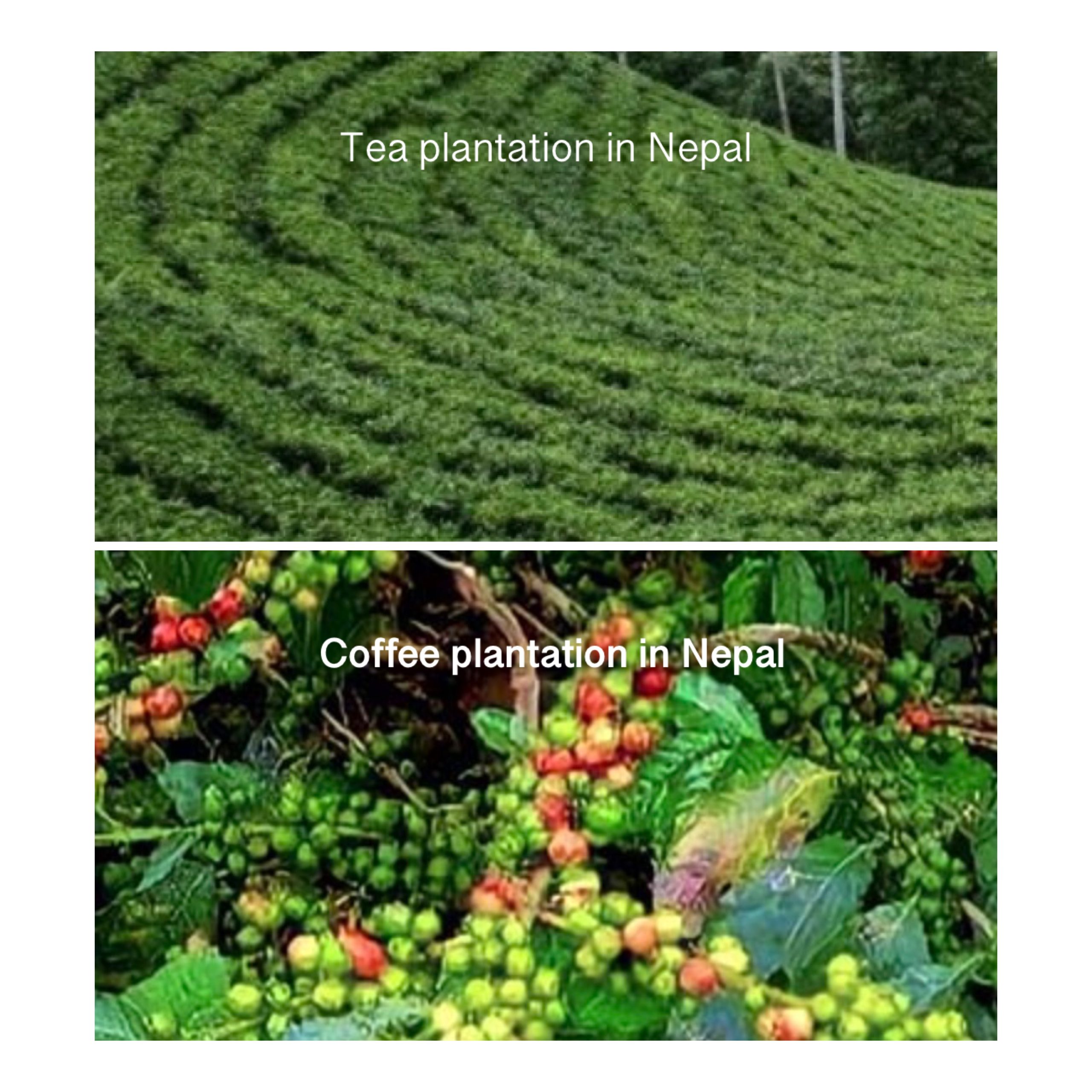The demand for Nepali tea and coffee in the international market has been steadily rising. According to the National Tea and Coffee Development Board, 77 metric tons of coffee were exported during the fiscal year 2022–23, an increase from 72 metric tons worth Rs 96 million exported in the previous fiscal year. The Board is currently gathering data for the fiscal year 2023-24.
On the import side, coffee imports during the fiscal year 2021-22 totaled 450 metric tons valued at Rs 320 million, but this decreased significantly in the following year, amounting to Rs 100 million—around Rs 220 million less than the previous year. Currently, coffee is cultivated across 3,659 hectares of land, with around 33,000 farmers involved in the production. The international demand for coffee stands at around 14,000 metric tons. Nepal primarily grows Arabica coffee cultivated in the mid-hill regions, benefiting from ideal growing conditions such as rich soil, altitude (1,000–1,600 meters), and a suitable climate. A significant portion of Nepalese coffee is specialty-grade, often described as having distinct flavors with notes of chocolate, citrus, and floral hints.
Major commercial coffee farming is taking place in 43 districts, including Gulmi, Palpa, Arghakhanchi, Lalitpur, Tanahun, Kavre, Sindhupalchowk, Lamjung, Kaski, Gorkha, Syangja, Parbat, and Baglung. These regions provide the optimal combination of altitude and climate for producing high-quality Arabica beans. Nepal exports coffee to countries such as Japan, South Korea, the United States, and Europe, especially Germany and the UK. The growing demand for specialty coffee has also opened up other markets in Asia and the Middle East. While revenue from sustainably sourced coffee exports contributes a smaller share compared to other agricultural exports, it has seen significant year-over-year growth, especially in premium markets.
In terms of tea exports, during the fiscal year 2078-79 BS, the value reached Rs 3.8 billion, with an increase of around Rs 140 million in the following year. The number of tea industries in the country has reached 161, employing around 60,000 workers.
Orthodox tea in Nepal is produced mainly in the eastern regions of Nepal, such as Ilam, Panchthar, and Dhankuta. While orthodox tea dominates in export, Nepal also produces and exports CTC (Crush, Tear, Curl) tea and Oolong and white tea. Nepal’s green tea, oolong, and white tea are increasingly recognized in international markets. Nepal primarily exports tea to India, Europe, the US, Canada, and other neighboring countries in the Asia-Pacific.
The government of Nepal, through the National Tea and Coffee Development Board, has been promoting the growth of the tea industry with various support measures, including subsidies and training for farmers to improve yield and quality. Nepalese tea producers have increasingly adopted sustainable and organic farming practices to cater to the growing global demand for organic products. Certifications like Fair Trade and Organic have helped enhance the market value and appeal of Nepalese tea and coffee.
Sweta Singh (Kathmandu)









